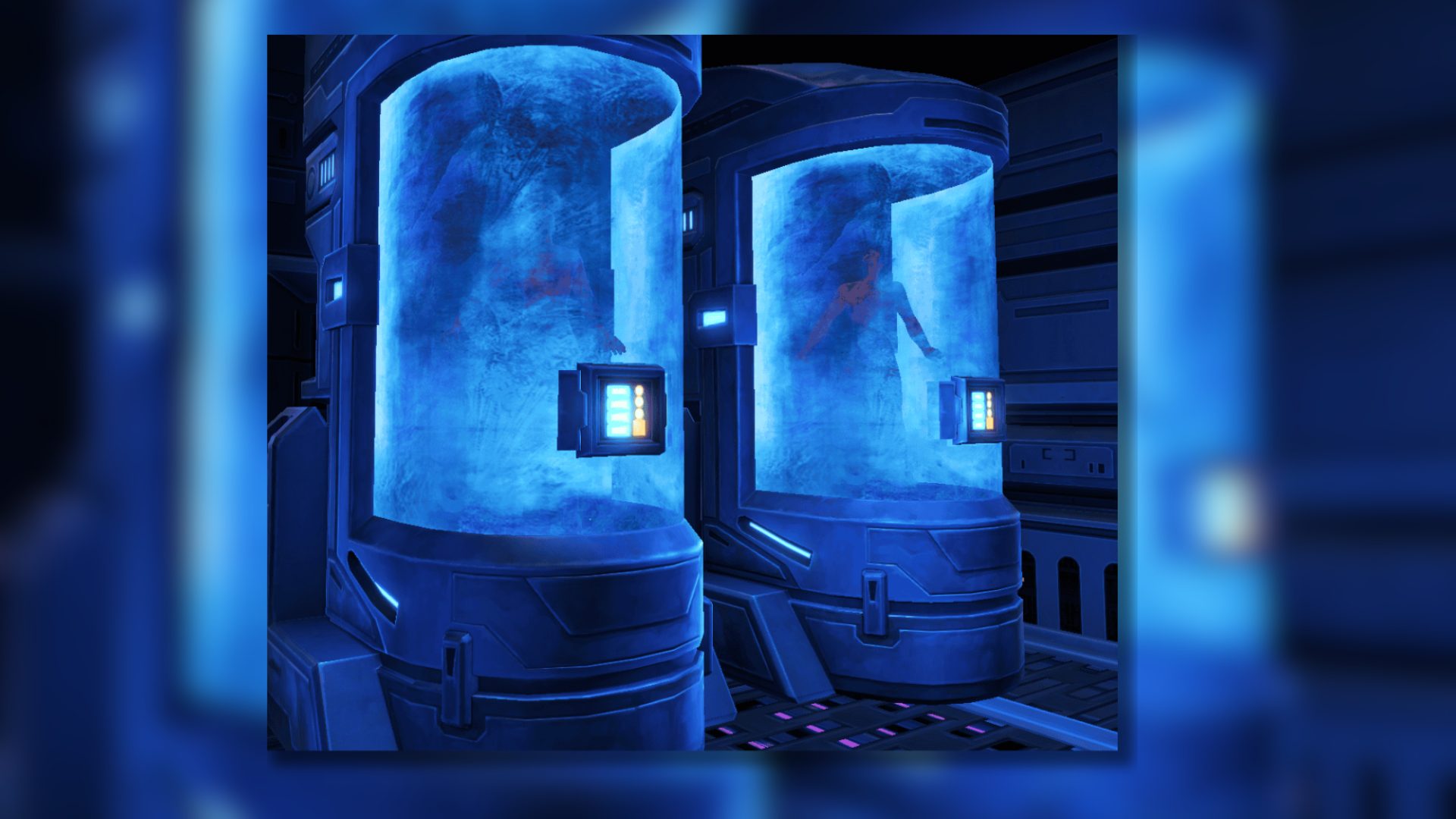Science and technology are advancing significantly every day, and humanity continues to achieve new breakthroughs with each unveiling discovery. Another such field in which sizeable strides have been made is Cryonics.
In a recent development, a cryonics organization in Australia has recently cryogenically preserved its inaugural client with the aspiration of reviving him in the future. As reported by ABC News Australia, Southern Cryonics, the pioneer cryonics facility in the Southern Hemisphere, disclosed the cryopreservation of its first client at its Holbrook site.
Patient One
The individual, an octogenarian male, passed away in Sydney before undergoing cryogenic freezing at a temperature of minus 200 degrees Celsius. He now represents what the company terms as ‘Patient One’.
“(It was) very stressful,” Southern Cryonics’ facility manager Philip Rhoades expressed, as per the outlet.”That was what was keeping me awake for a week because there are a number of different procedures to go through for different days, and there were a number of situations that might have gone wrong if we hadn’t prepared properly,” he added.
Mr. Rhoades mentioned that although his company had been poised and preparing to receive bodies from this year onwards, their initial client came as a somewhat unexpected development. “There were a couple of other people who were existing members who we thought might be likely candidates for being the first but, as it turned out, it was someone who wasn’t an existing member,” Mr Rhoades said.
“His family rang up out of the blue and we had about a week to prepare and get organized,” the manager stated. He explained that his team then tested all the cryonics equipment and were mostly prepared. “But it’s still a little bit different when you are doing a real case,” he said.
As per media sources, ‘Patient One’ passed away on May 12 at a hospital in Sydney. Following his demise, the preservation process aimed at potentially reviving him commenced promptly, spanning ten hours. Initially, his body was transferred to the hospital’s cold storage facility and surrounded with ice to reduce its temperature to approximately 6 degrees Celsius. Subsequently, doctors administered a liquid solution, functioning as a form of anti-freeze, throughout the body to aid in cell preservation and further lower its temperature.
Following these initial steps, the patient was enveloped in a specialized sleeping bag and surrounded by dry ice. This procedure brought his body temperature down to approximately minus 80 degrees Celsius. The subsequent day, he was transported to Southern Cryonics’ Holbrook facility, where he remained stored on dry ice until a shipment of liquid nitrogen was received. Upon its arrival, the man’s temperature was further decreased to minus 200 degrees Celsius before being placed into a designated tank, functioning as a vacuum storage pod.
The Cost
Reportedly, the entire procedure amounted to $170,000 for the client, inclusive of additional charges for medical teams aiding in the preservation process. According to the outlet, this 10-hour process is intended to enhance the chances of the individual’s potential revival, as stated by the company.
In addition, it’s worth noting that the Holbrook facility presently possesses a single dewar capable of accommodating four bodies. However, it has the capacity to house up to 40 bodies, with potential for expansion, a need the company anticipates arising soon.
What Is Cryogenic Freezing?
Cryonics is a procedure that involves freezing an individual after their death, with the ultimate goal of reviving them at a later point in time. The word Cryonics is derived from the Greek word ‘Kryos’ which translates to icy cold. Crynonics involves freezing at very low temperatures usually around −196 °C or −320.8 °F or 77.1 K.
Cryonic preservation is conducted exclusively following the legal declaration of an individual’s death. The process commences shortly after death, with the body being surrounded by ice and transported to a cryonics facility. At the facility, blood is removed from the body and substituted with antifreeze and organ-preserving compounds, referred to as cryoprotective agents. In this vitrified condition, the body is positioned in a chamber containing liquid nitrogen, where it theoretically remains preserved at -196 °C until scientists develop the means to revive the body in the future.
The concept of cryonic preservation gained prominence through “The Prospect of Immortality,” a book authored by Robert Ettinger, first released in 1962 and formally published in 1964. Ettinger later earned recognition as the father of cryonics. Following his demise in 2011, his body underwent cryonic preservation and was housed at the Cryonics Institute in Clinton Township, Michigan.
Skepticism Against Cryonics
The mainstream scientific community often greets cryonics with skepticism, commonly considering it a pseudoscience and questioning its validity. Furthermore, the practice of cryonics has frequently been criticized and labeled as quackery, reflecting doubts about its scientific basis and effectiveness.
Cryonics In Popular Culture
We have come across the practice of cryonics in various sci-fi and space exploration movies. One good example of this would be Christopher Nolan’s Interstellar where the astronauts are poised to go for a long dive in space and in order to preserve their bodies from the effects of time they dive into a deep sleep in their cryogenic chambers that apparently preserve their bodies. This is the most common premise with which most cryo-tech these days is being advanced.
ALSO READ: Cyclones, Hurricanes, And Typhoons: Storm Naming – Who Calls The Shots? Explained




